A customized Lexus UX will be featured at the Lexus display for the Pebble Beach Concours d’Elegance, marking the first time the new subcompact crossover has been seen in modified form:
Built by VIP Auto Salon, the custom UX 250h has been wrapped in light blue, and features a custom roof rack for the F SPORT Carbon Fiber Road Bicycle, a one-off project that marked the completion of the LFA production run.
The UX also has other modifications, here’s the bullet form list:
- NIA Auto Design ABS Lip Kit
- Vossen VFS-1 wheels and Nitto Invo tires
- Apexi N1 EXV Damper Suspension
- Apexi N1-X Full Catback Exhaust System
- Inno Base Rack System with slim fork lock bike system

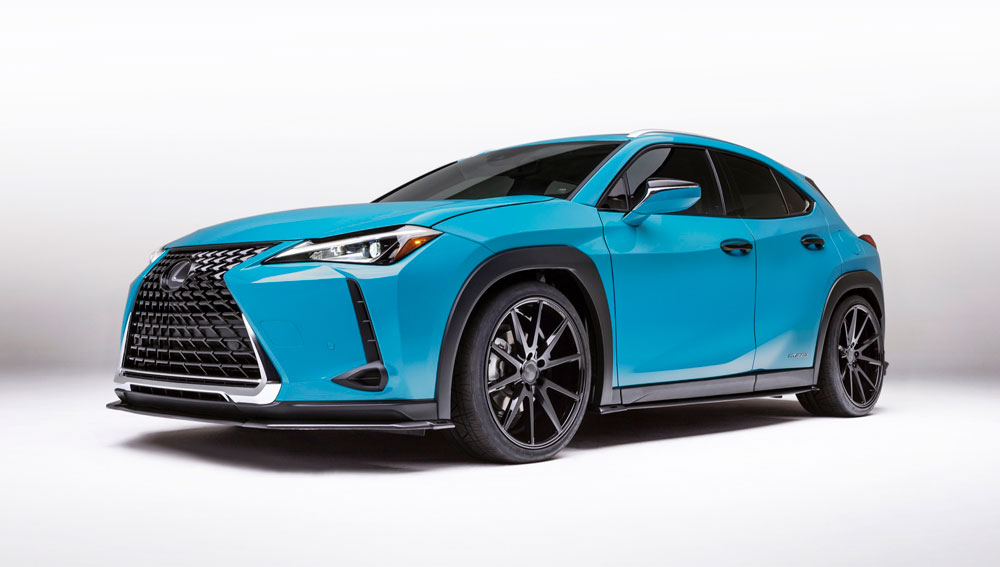
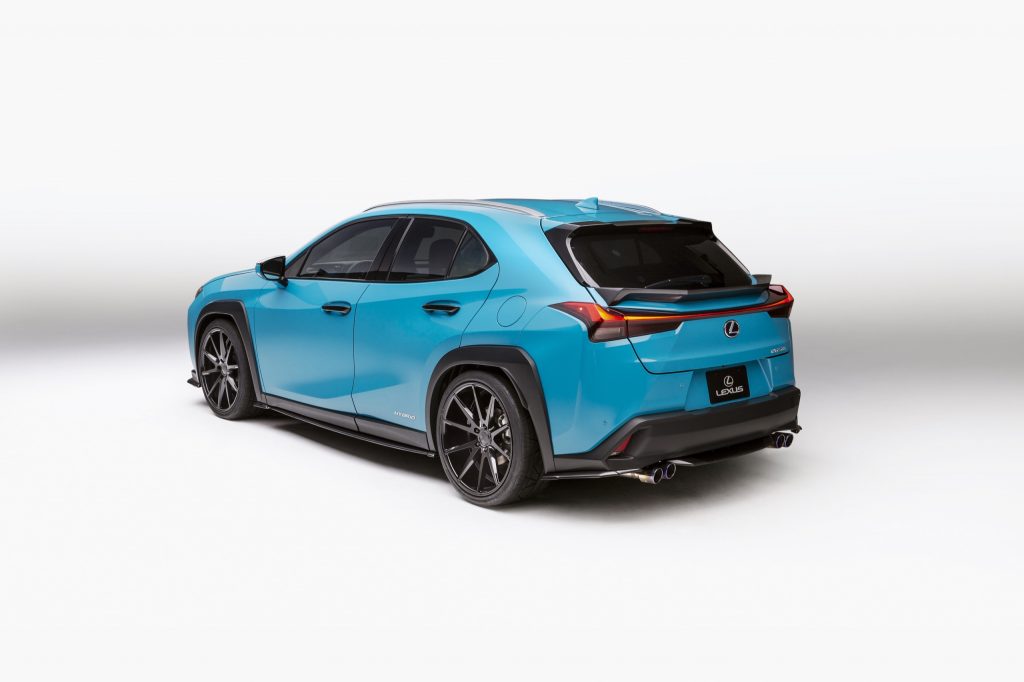
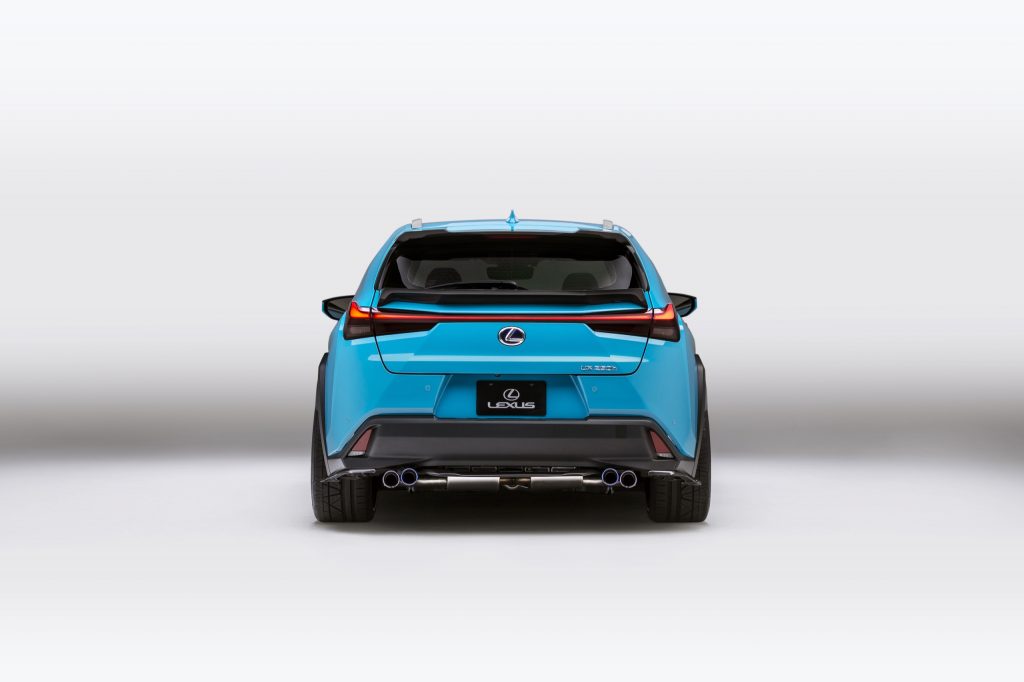
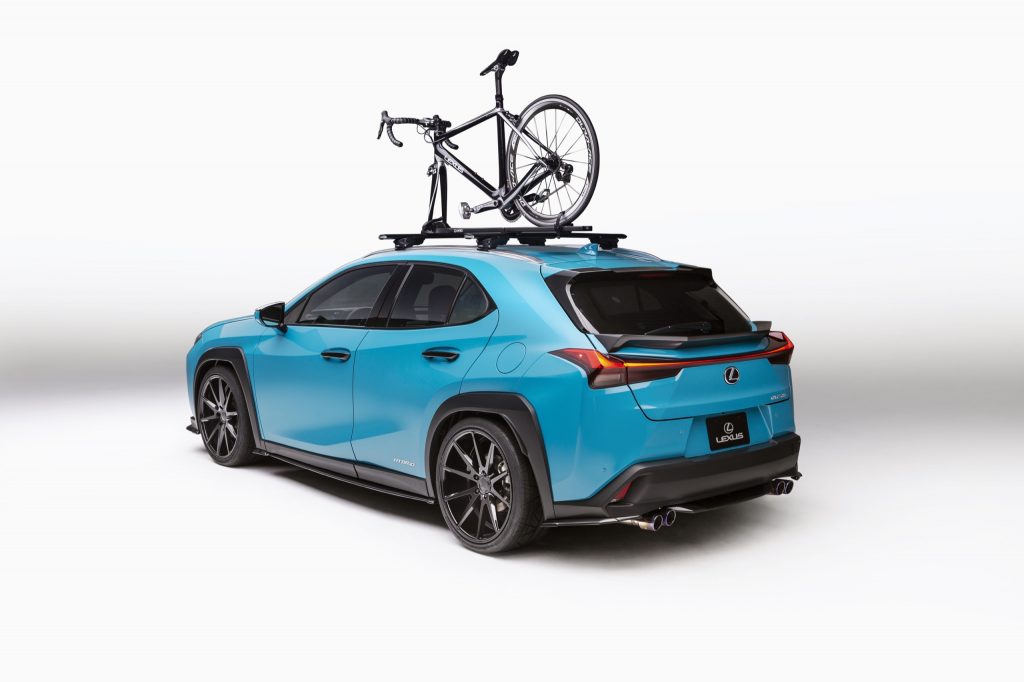
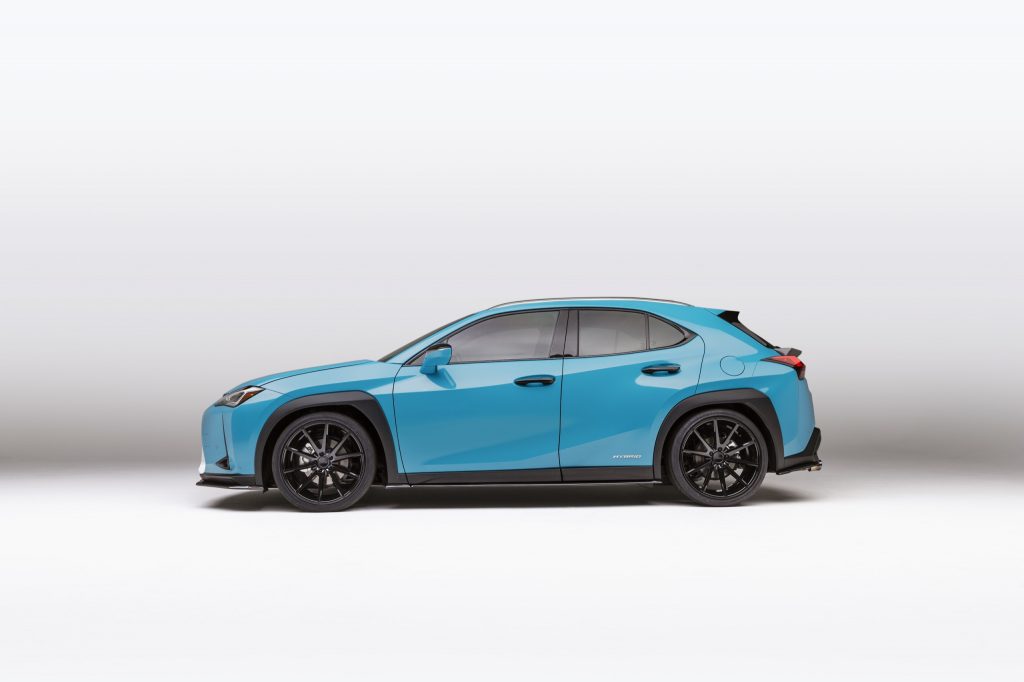
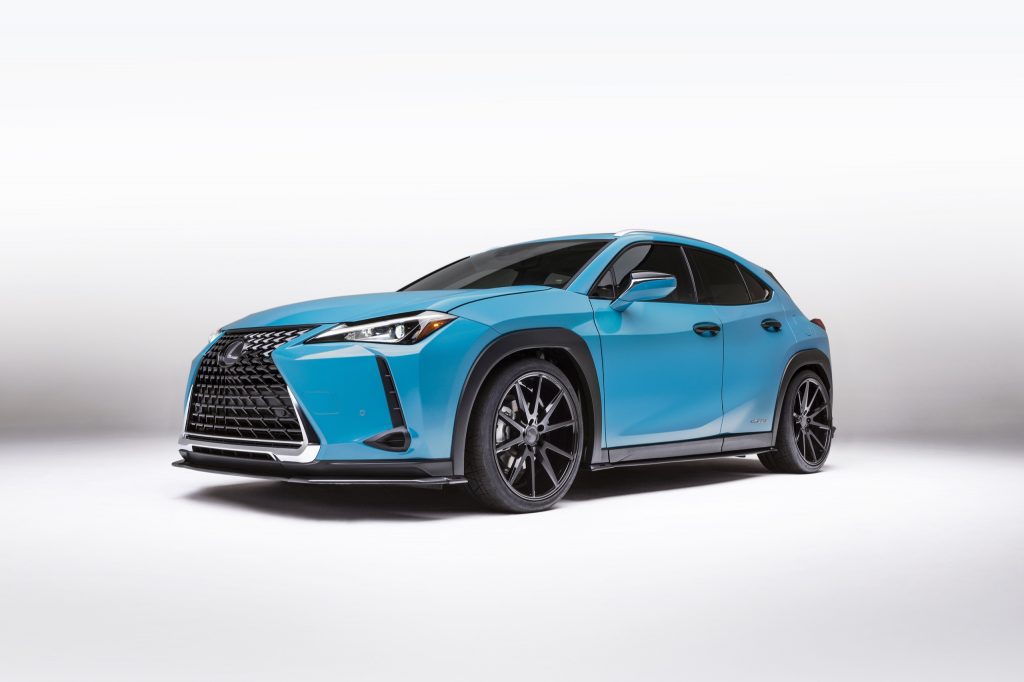
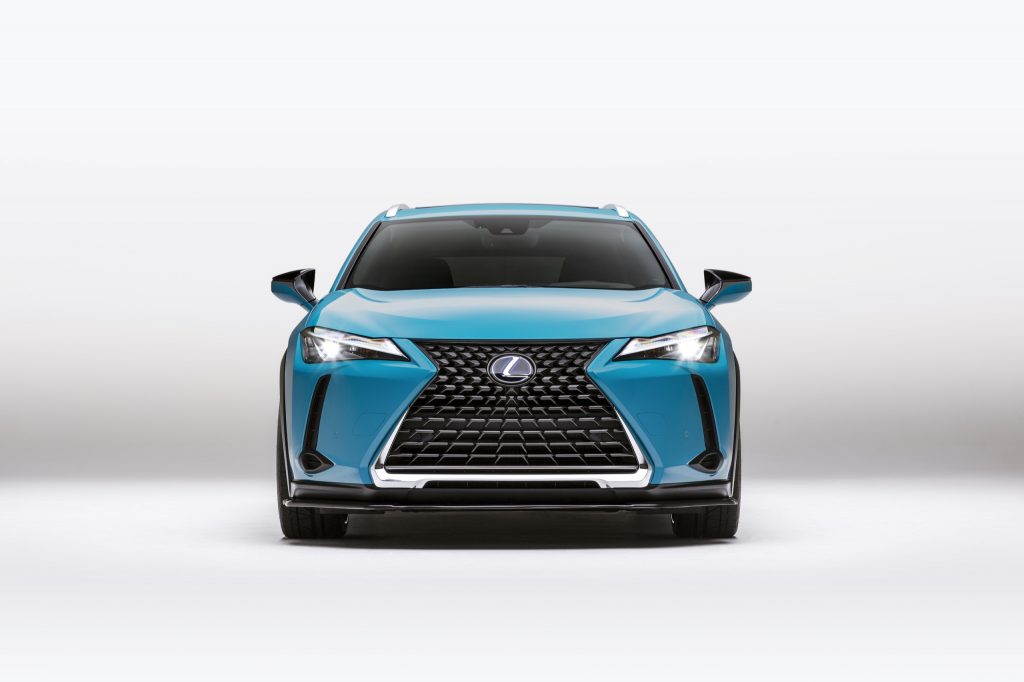
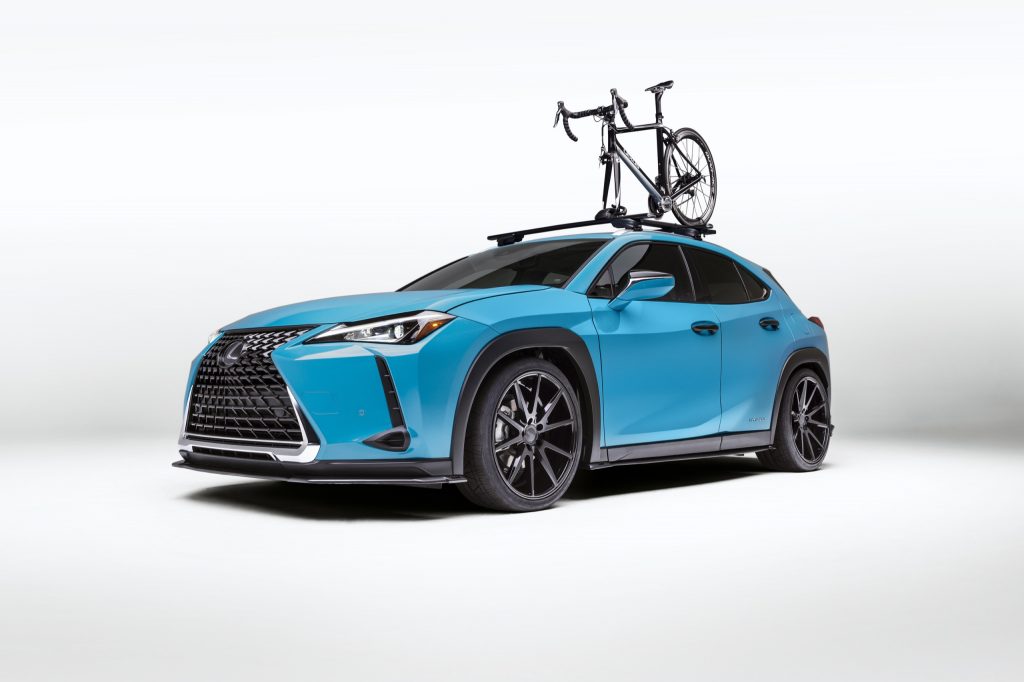
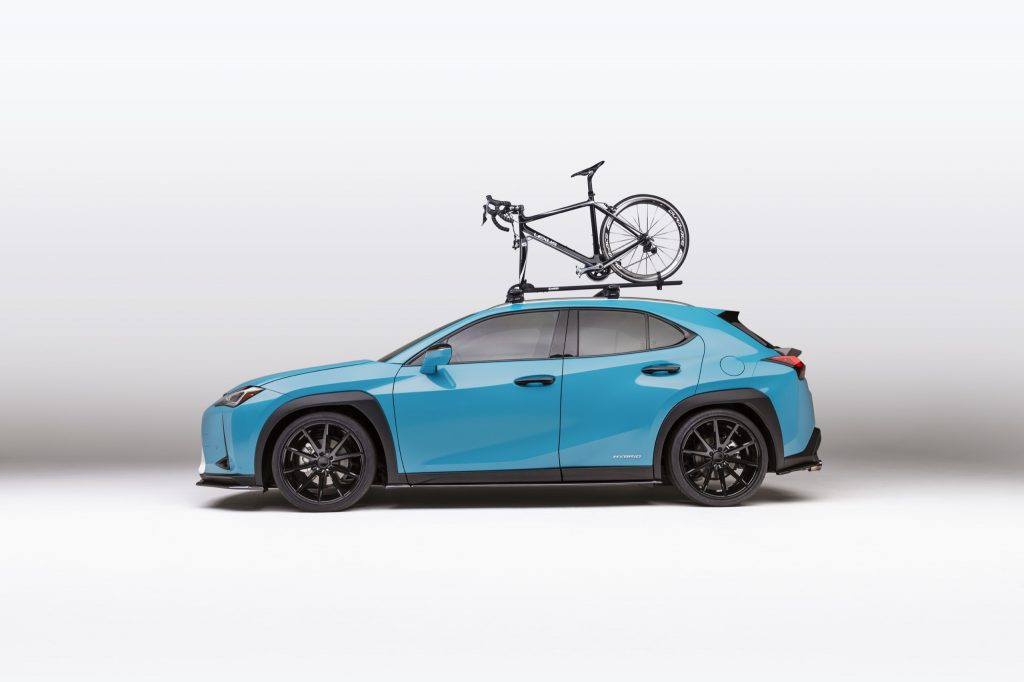
Comments